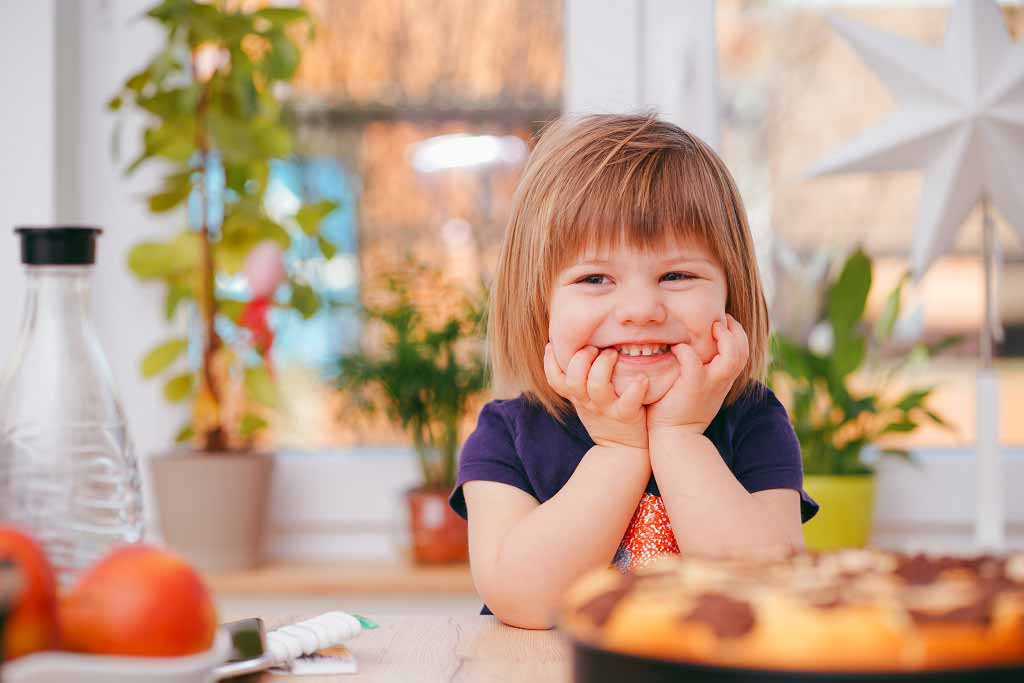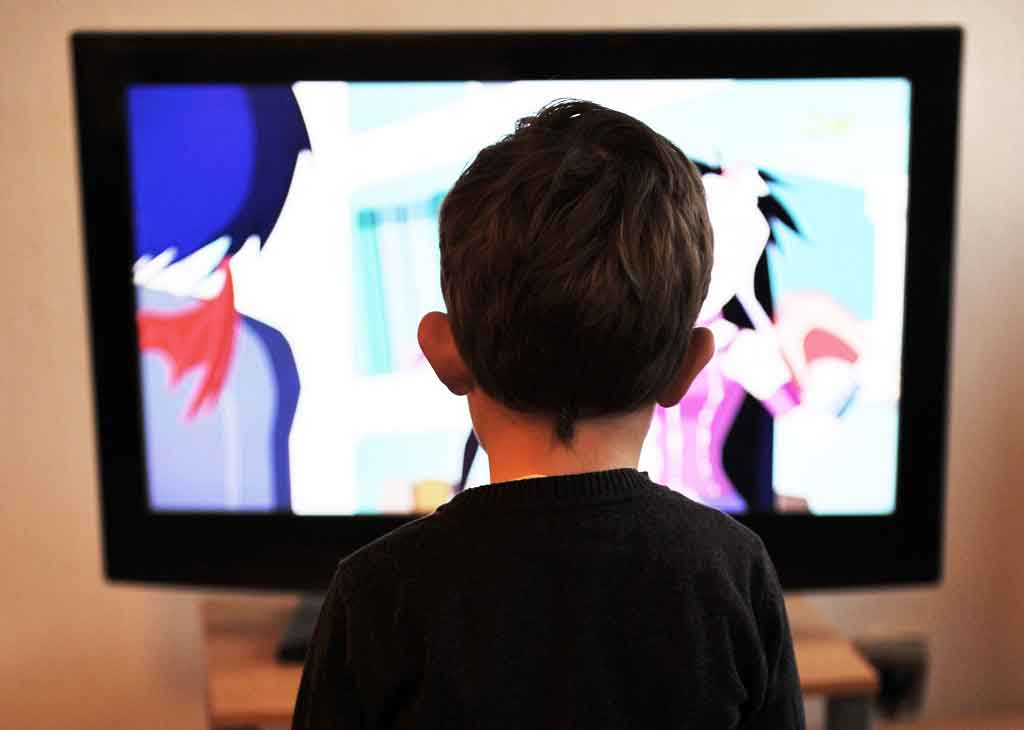Health risks for IVF twins
Pregnancy and child
Doctors have found there are increased health risks from having multiple IVF births: we explain what their findings mean.
Twins conceived by in vitro fertilisation (IVF) are “sicker in early life”, BBC News has reported. The website says that it is already known that twins born after assisted reproductive treatment (ART) are more likely than single babies to develop problems such as low birth weight and premature delivery.
The current study compared ART twins with naturally conceived non-identical twins born in Western Australia between 1994 and 2000. It found that the ART twins were more likely to be born preterm, to have low birth weight, to be admitted to neonatal intensive care, to die in the period around the time of birth and to be admitted to hospital before the age of three than the naturally conceived twins.
This study has shown that certain adverse outcomes are more common in ART births than in naturally conceived, non-identical different-sex twins. This may be caused by ART itself, but may also be because of other differences between the groups compared. Although this information may be useful for doctors, and may prompt further research into reasons for differences, these techniques remain the best chance of conceiving for couples who have not managed to conceive naturally.
Where did the story come from?
Dr Michèle Hansen and colleagues from the University of Western Australia and the University of Oxford carried out this research. The study was funded by the National Health and Medical Research Council of Australia, and published in the peer-reviewed medical journal Human Reproduction.
What kind of scientific study was this?
This was a retrospective cohort study looking at medical outcomes and hospitalisation in twins conceived by assisted reproductive technology (ART) techniques such as IVF, intracytoplasmic sperm injection (ICSI) and gamete intra-fallopian transfer (GIFT) in the three years after birth.
The study reported that other research has found that single children born by ART are more likely to be born preterm and to have low birth weight than single children conceived naturally. However, the results from prior studies on twins were conflicting, suggesting little difference between twins conceived naturally and by ART.
The researchers thought these results might have been affected by the fact that most ART twins come from two fertilised eggs, while naturally conceived identical twins come from one egg that has split, with the foetuses sharing a placenta. The researchers, therefore, felt it would be better to compare ART twins with non-identical twins, as they also come from separate fertilised eggs.
The researchers used medical records to identify all twins born in Western Australia between 1994 and 2000. They excluded Aboriginal twins, as Aboriginal women are less likely to receive ART than other women and Aboriginal children are at high risk of hospitalisation at all ages. They identified 700 twins conceived using ART and 4,097 twins conceived naturally.
For their main analyses the authors compared ART twins to naturally conceived non-identical twins. To ensure that the naturally conceived twins were non-identical, they picked only mixed-sex twin pairs (1,240 twins).
The authors used medical records to identify all hospitalisations up to the age of three years, and the length of stay in hospital. Admissions to the neonatal intensive care unit (NICU) were looked at separately, as were normal birth admissions. Admissions in the first year of life were counted from after day 28 of life, to take into account the twins’ initial stay in hospital after birth.
As well as hospitalisation, the researchers also looked at outcomes in the period around birth (perinatal period), such as whether the twins were born preterm, had low birth weight, had major birth defects or died in the perinatal period. The researchers compared outcomes for the ART and naturally conceived twins, taking into account factors that might affect outcome (mother’s age, number of previous births, cigarette smoking, gender of twins and twins’ year of birth).
For hospitalisations up to the age of three, poor perinatal outcomes were also taken into account. For perinatal outcomes, the researchers compared ART twins to both the naturally conceived mixed-sex twins and all naturally conceived twins (identical and non-identical).
What were the results of the study?
The researchers found that ART twins were more likely to be born preterm or have a low birth weight than either the group of all naturally conceived twin births or naturally conceived mixed-sex twins. Further analysis showed that:
- Among the ART twins, the average gestational age was 34.7 weeks, compared with 35.8 weeks for naturally conceived, non-identical different-sex twins and 35.4 weeks for all naturally conceived twins.
- Eleven per cent of the ART twins weighed less than 1,500g at birth, compared with about 7% of the naturally conceived, non-identical different-sex twins and 9% of all naturally conceived twins.
- ART twins were more likely to be stillborn or die in the neonatal period than different-sex naturally conceived twins (39% compared with 18%; odds ratio [OR] 2.2, 95% confidence interval [CI] 1.1 to 4.6). However, there was no statistical difference when ART twins were compared to all naturally conceived twins (35%).
- Although there were slightly more major birth defects in the ART group, this increase was not statistically significant compared with either all naturally conceived twins or naturally conceived twins of different sexes.
- About a third of ART twins were admitted to the NICU compared with 12% of naturally conceived, non-identical different-sex twins. After adjusting for potential confounders, the ART twins had 60% greater odds of being admitted to NICU, but this difference was only just statistically significant (OR 1.6, 95% CI 1.0 to 2.7).
- Hospital admissions were more common in ART twins in all three years after birth. After adjusting for potential confounders, including poor perinatal outcomes such as NICU admission, these increases were only statistically significant for the second year of life, where ART twins were 60% more likely to be admitted than naturally conceived, non-identical different-sex twins (OR 1.6, 95% CI 1.1 to 2.5).
What interpretations did the researchers draw from these results?
The researchers conclude that couples undertaking ART should be aware that in addition to the known increased perinatal risks associated with a twin birth, “ART twins are more likely than naturally conceived twins to be admitted to an NICU and hospitalised in the first three years of life”.
What does the NHS Knowledge Service make of this study?
This study has shown that certain perinatal complications are more likely in ART twins than in naturally conceived mixed-sex twins, and that they are also at greater risk of hospitalisation in early life. There are a number of points to note:
- Of the ART twins, 65% were conceived using IVF, 25% with ICSI and only 9% using GIFT. The results may, therefore, be more representative of the outcomes of IVF than the other ART techniques.
- As with all studies of this type, factors other than method of conception may affect outcome (confounders). For example, mothers of ART twins were likely to be older and not to have had any previous children. Although these and other potential confounders were taken into account in the analysis, this adjustment may not have completely removed their influence. Other unknown or unmeasured confounders could also play a role.
- The authors note that studies have found that single children born by ART are also more likely to be born preterm and to have a lower birth weight than naturally conceived single children, therefore, these risks are not solely associated with multiple ART births.
- Both single and mixed-sex ART twin pairs were only compared with naturally conceived mixed-sex twin pairs in the main analyses, and this may have affected outcomes. To avoid this possibility it may have been appropriate also to compare solely mixed-sex ART twins with mixed-sex naturally conceived twins.
- Results may not be applicable to other regions where ART and pregnancy care practices may differ.
Regardless of the reasons for the differences in groups, there does appear to be a greater risk of certain adverse outcomes in ART than non-identical, different-sex naturally conceived twins.
This information may be useful for doctors, and may prompt further research into reasons for these differences. It will also undoubtedly add to the debate about the ideal number of eggs to transfer at one time in ART. Regardless of these findings, ART techniques still offer the best chance of conceiving for couples who have not managed to conceive naturally.






 Subscribe
Subscribe Ask the doctor
Ask the doctor Rate this article
Rate this article Find products
Find products






